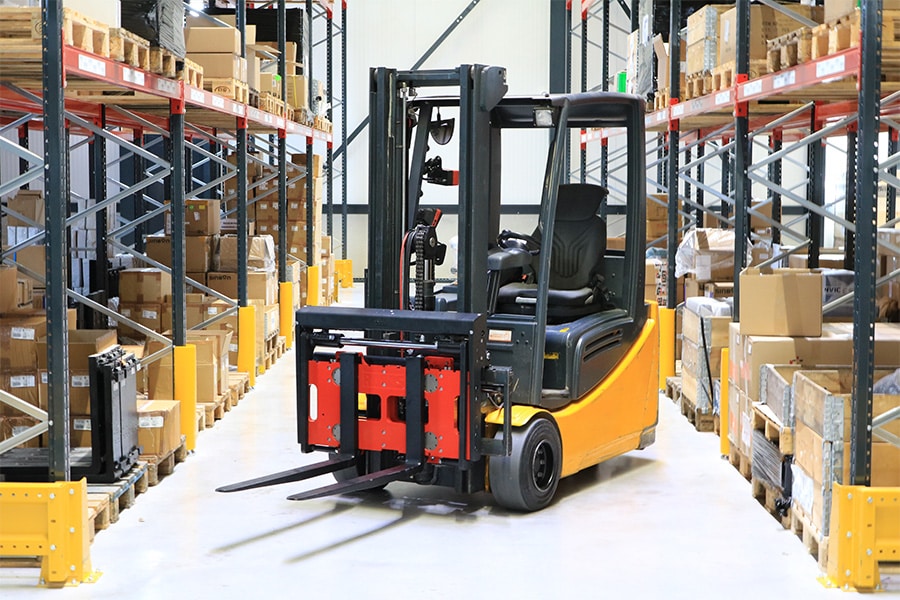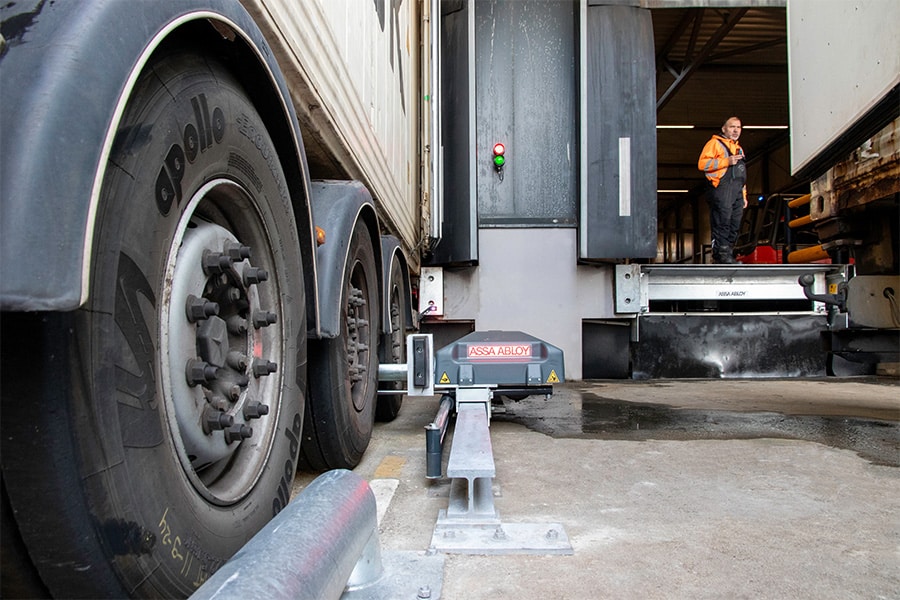
Soundblox Carbstone absorbs sound and CO2
Soundblox acoustic concrete blocks have been a trusted weapon in the fight against noise pollution for years. These acoustic concrete blocks are the ideal solution for acoustic climate control where both sound absorption and sound insulation as well as fire resistance can be combined in one structural wall. Now it turns out that Soundblox can also be used as a weapon in the fight against CO2. No superfluous luxury when you consider that concrete is responsible for 10 percent of total CO2 emissions worldwide. The use of Soundblox with this new technology actively contributes to the climate transition in which 'cement-free' will eventually become the norm. And that without making concessions to the aesthetic design of a room. It seems too good to be true...
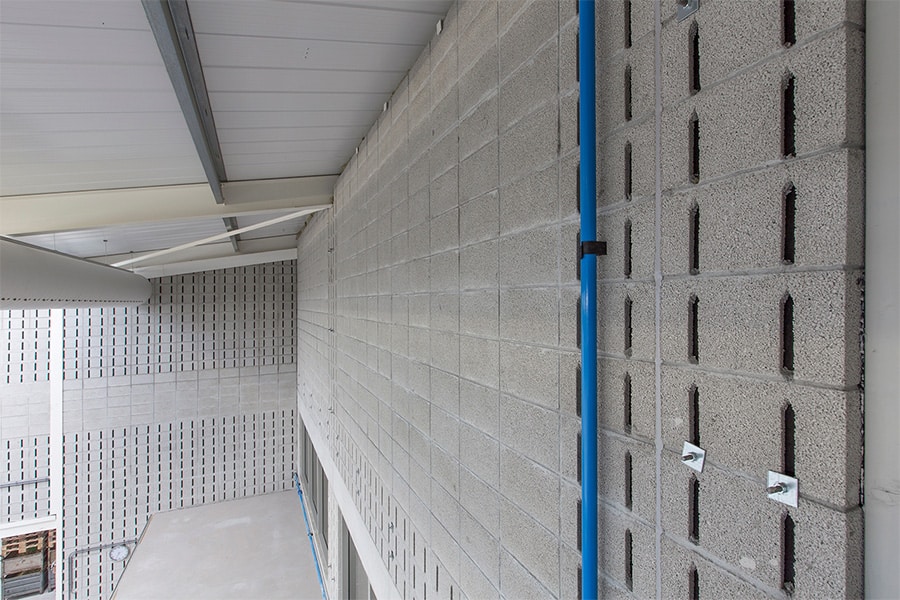
Because of their robustness and structural stability, Soundblox have been used for many years in areas where room acoustics are as important as fire resistance and stability. Among other things, Soundblox are gladly used in the industrial sector, both in indoor and outdoor applications such as parking garages, factories, workshops, hangars, workshops, installation rooms and warehouses. Since Soundblox Carbstone continue to absorb CO2 even after installation, they are ideal for distribution centers where trucks drive through, but you also see them in a (reception) hall, receptions and stairwells (escape routes). Soundblox are also used in outdoor applications, such as in stations, along highways, under overpasses and facades.
Particularly in rooms where not only room acoustics pose an additional challenge but also, due to high humidity, extreme temperatures or other special conditions, special requirements are placed on the materials, Soundblox can be the solution for acoustic climate control.
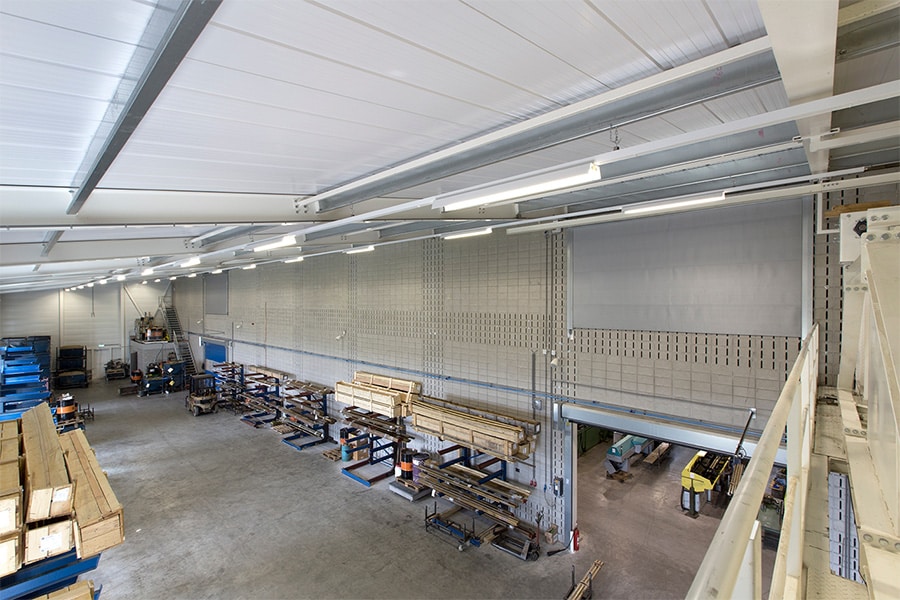
Revolutionary innovation
In addition to the tradtional concrete version, Soundblox are now also available in a sustainable variant, Carbstone, the new carbonized one. Unlike traditional concrete blocks, these blocks are manufactured with CO2, which is specially extracted from the air and used in production.
Like the traditional well-known acoustic concrete blocks, the carbonized Soundblox are equipped with the characteristic and familiar Helmholtz resonators for the absorption of sound, which is absorbed through the openings of the blocks and into the sound chambers behind them. The acoustic blocks produced with this updated technology are just as robust, and have the same high compressive strength and fire resistance as concrete, but without the ecological disadvantages. From each (acoustic) Carbstone block, the exact amount of CO2, which it contains, can be calculated. This makes it easy for any contractor to keep track of the CO2 usage of his project.
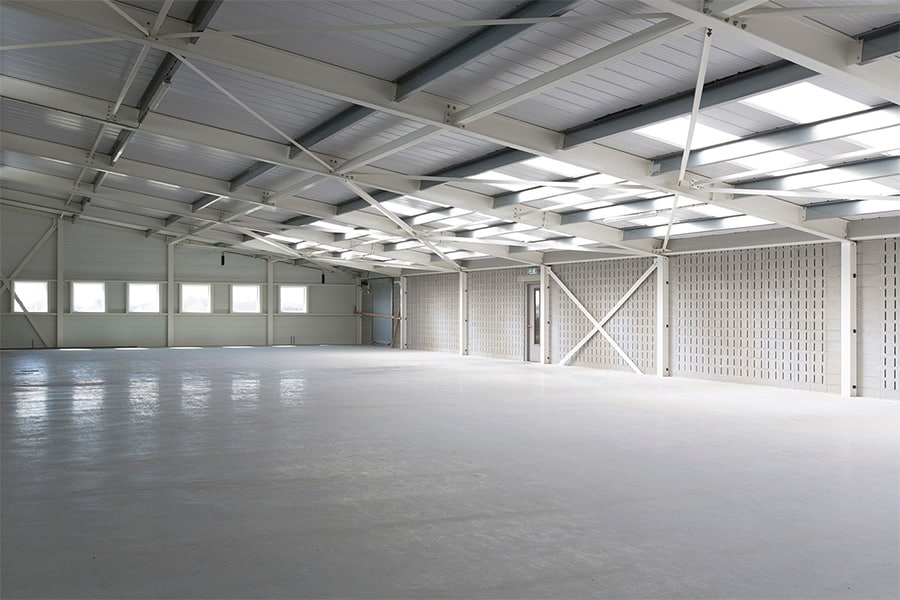
These blocks therefore absorb not only sound but also CO2, thus also intrinsically contributing to a better world. In addition, after installation (in the open air) they continue to absorb CO2 and become harder, so that their carrying capacity increases even further. By deploying this new technology, Soundblox is actively contributing to the climate transition in which 'cement-free' will eventually become the norm.
